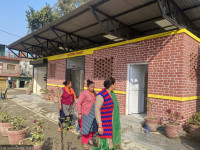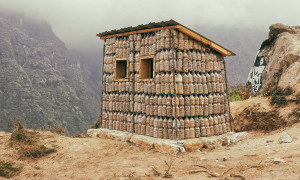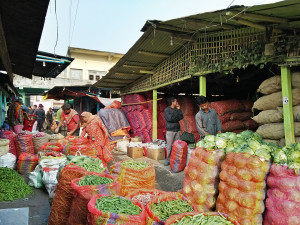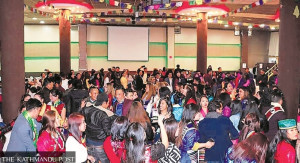Money
Indians paying by QR in Nepal for a year but Nepalis still lack access in India
Indian users have made over 1 million QR payments even as the southern neighbour remains unwilling to grant similar access for Nepalis.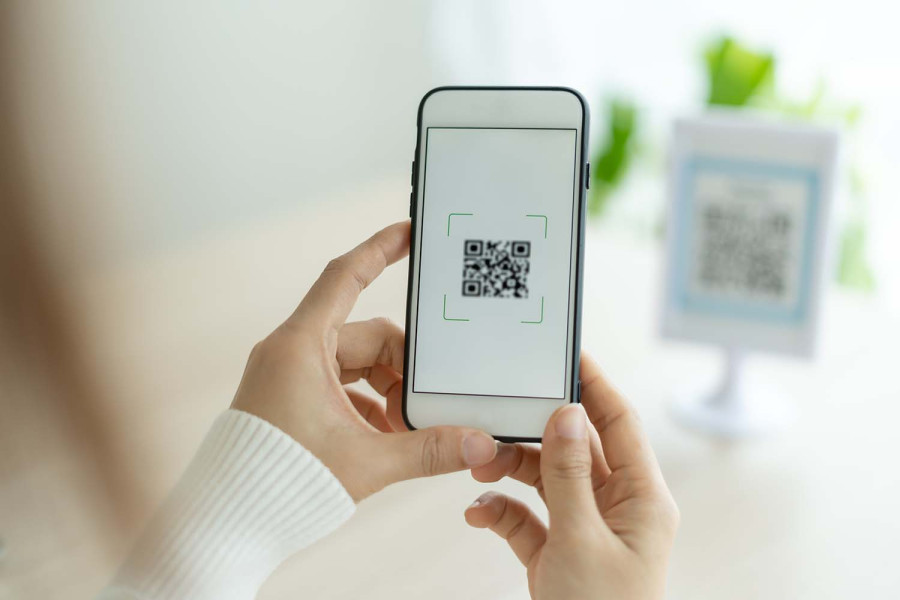
Krishana Prasain
Over a year since the launch of cross-border transactions, Indian users making payments through quick response (QR) codes in Nepal have surpassed a million transactions. But despite repeated talks, apparent reluctance from Indian authorities have kept Nepalis from accessing the same service in India.
According to Nepali officials privy to the matter, the official launch of QR-code-based payments in India has been delayed due to reluctance on the Indian side.
On Monday, Fonepay, a Nepali digital payment service provider, said the number of Unified Payments Interface (UPI) transactions in Nepal has crossed 1 million, while the total transaction value has surpassed Rs2 billion.
Fonepay QR services have reached all 77 districts of Nepal, with over 100,000 merchants accepting digital payments via the platform. This marks a significant advancement in enabling seamless, real-time, and secure payment experiences for Indian users travelling or residing in Nepal.
According to travel trade entrepreneurs, the growing number of Indian tourists, particularly those coming for the Kailash Manasarovar pilgrimage in Tibet and transiting through Nepal, could significantly boost the QR payment usage. The pilgrimage resumed in June after a five-year gap.
“The increase in transaction volume has been driven by rising merchant acceptance, a surge in inbound travellers, and the convenience of interoperable QR-based payments,” Fonepay stated.
Diwas Kumar, CEO of Fonepay, said that surpassing the 1 million UPI transaction mark reflects the growing trust and adoption of digital payments by Indian consumers in Nepal. “This milestone reflects how comfortable and confident Indian customers feel while making payments through Fonepay’s network.”
“It speaks volumes about the trust they place in our infrastructure and reaffirms our commitment to a shared vision of creating a truly interconnected digital economy across the region,” he said.
According to Nepal Rastra Bank, the value of QR code-based transactions in Nepal increased to Rs93.47 billion from mid-May to mid-June this year, up from Rs53.88 billion in the same period last year.
Similarly, the number of transactions grew to 35.14 million, up from 19.82 million in the same comparative timeframe.
Though it has been over a year since Indians in Nepal were allowed to make QR payments through their mobile phones, Nepalis are still awaiting reciprocal access to India’s payment ecosystem.
“Despite initial hopes, no progress or updates have been made regarding when Nepalis will be able to make QR code-based payments in India,” according to an official overseeing cross-border digital transactions.
On March 1 last year, Indian visitors to Nepal were granted access to QR payments via mobile phones, which benefited travellers from the southern neighbour, especially those coming for leisure in Nepal.
This development was a milestone in cross-border digital payments between the two countries, simplifying transactions for students, patients, and general travellers.
Fonepay said that Indian tourists predominantly used QR-based payments at eateries and restaurants, followed by grocery stores, hotels, and resorts. Most transactions took place in Kathmandu, Kaski, and Kailali districts.
Despite Nepali payment service providers and banks claiming they are technically ready to enable QR-based payments in India, delays from the Indian side have prolonged the wait for nearly a year.
The system was initially expected to be launched in December 2024.
However, the rollout was postponed due to disputes over commission structures—specifically, uncertainties about who would bear the cost of service commissions for Nepali banks facilitating the payments.
In India, QR code-based transactions are typically free for users.
However, to allow Nepalis to pay via QR codes in India, a commission must be given to Nepali banks to sustain the service. Meanwhile, in Nepal, Indian travellers using UPI-enabled apps are subject to a minimal standard charge of 1.95 percent, applied to merchants on each transaction.
The launch of QR payments for Nepalis in India was rescheduled for early 2025.
However, more than halfway through the year, the rollout remains uncertain. In March, it was announced that a pilot phase for scan-and-pay services for Nepalis in India could begin within two months, but there has been no tangible progress since.
Nepal is technically equipped to implement QR payments in India, having already received approval from Nepal Rastra Bank.
Nepal has also conducted successful trials. In September last year, Nabil Bank successfully conducted a test transaction in Mumbai using its mobile banking application.
On June 1 last year, Nepal and India signed a memorandum of understanding to facilitate cross-border digital payments to support businesses, students, and tourists from both nations.
The agreement was signed and exchanged in New Delhi between Nepal Clearing House Limited (NCHL) and National Payments Corporation of India (NPCI) International Payments Limited.




 19.12°C Kathmandu
19.12°C Kathmandu





